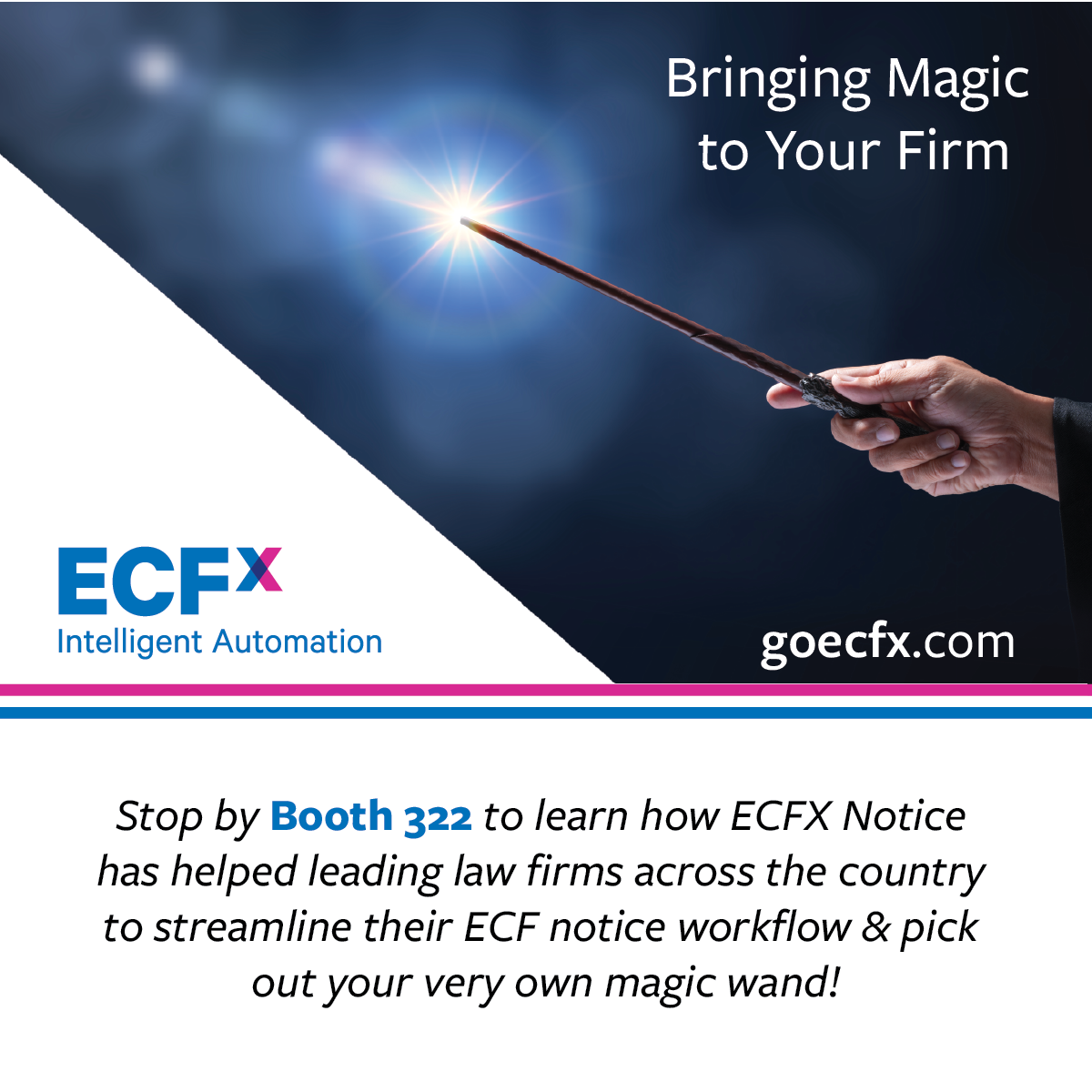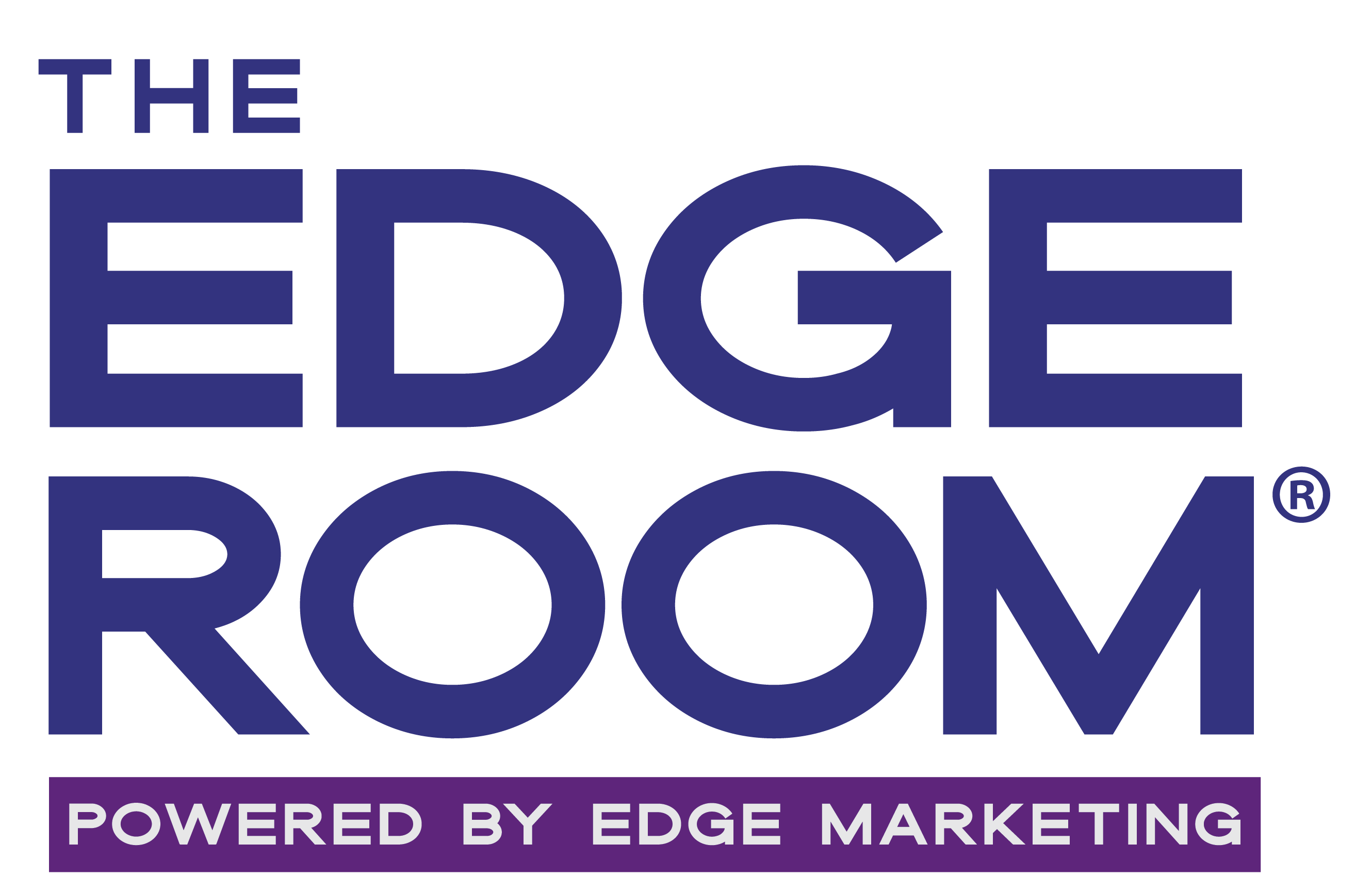About DictationOne:
DictaionOne Based in Brooklyn, New York, Subsidy of YB Sales & Distributors, Inc. has been a relationship-driven supplier of telecommunications technology, voice dictation products, speech recognition software, and a variety of consumer electronics for more than 20 years. The YB Sales team takes pride in superior customer relationships. Professionals from the health care, legal, education, insurance, and other industries have found long-term solutions thanks to YB Sales’ commitment to meeting market demands efficiently. While technology can be complex, with focus and a customized solution for each client, YB Sales & Service is available to meet the needs of each business with a simple approach for long-term growth. For more details visit: https://www.dictationone.com
Our Services:
Sales:
Consultation
Live Demonstration
Free Trial
Customized Quote
Support:
Setup
Customization
Training
Technical Support
Email support@dictationone.com Call 1-929-575-4500
For more information visit www.dictationone.com email sales@dictationone.com
WiseTime was designed and developed with the principle of individual privacy at the forefront. We believe that individual privacy is paramount, especially as our digital landscapes continue to change and grow. We believe that the software should be designed with privacy and security guiding the way, not as an afterthought.
https://www.theedgeroom.com/wp-content/uploads/2022/02/WiseTime-Security-Whitepaper.pdf
Buckle, an inclusive digital financial services company, has seen an explosion of growth over the past year, leading Matthew Brasch, Associate General Counsel, to take the plunge into legal tech adoption.
Since LawVu’s implementation four months ago, the team has complete visibility over workload and capacity, collaborates remotely and turns around contracts in three days rather than two weeks.
“When you have a tool like LawVu, it gives time back. We can now take an hour and a half to whiteboard, come up with a strategy, and actually think about a project instead of always having a knee-jerk reaction. I think that’s invaluable.”
Read the full case study: https://bit.ly/35yGG8J

Agency has impacted hundreds of clients with strategic and successful results
Edge Marketing, Inc. (formerly known as Edge Legal Marketing and Accounting Edge Marketing), an award-winning public relations and marketing firm, is celebrating its 25th anniversary of serving the needs of legal and accounting professionals on a global basis.
In the last decade alone, the Edge team has facilitated hundreds of strategic marketing and public relations campaigns, including company launches and rebrands, product and service launches and mergers and acquisitions.
Let WiseTime take care of your timekeeping, while you focus on what’s important.
Expertly automated timekeeping that doesn’t interrupt your workflow.
Every minute of work is captured in your private timeline and allocated to the right case. No manual tracking. No start and stop. Magic.
Technology is already transforming global justice systems and enhancing court processes to ensure the administration of justice is streamlined, efficient, and accessible. Courts can—and will—take steps in 2022 to build upon this progress, as technological advancement becomes an inevitability rather than a ‘nice-to-have.’
Here are some trends in court technology that are predicted to evolve throughout 2022.
People-centric justice administration
Positioning people at the center of processes and outcomes means courts will work to deliver a justice system that benefits everyone. This demands both an understanding of and a willingness to learn about the specific needs of individuals—be it economic factors, digital and general literacy, disability access, language access, attorney access, or self-representation access.
A one-size-fits-all approach to the administration of justice detrimentally affects—or excludes altogether—people with specific access requirements. There is an opportunity to leverage technology to address established inequalities for court users if the notion of courts as a service, rather than a place, underpins the justice system instead.
People-centric justice services are available in a range of formats, are responsive to the individual’s situation, encourage meaningful participation in proceedings, offer clear communication about key details, and provide points of contact for clarification or support. It’s not just about implementing digital tools as a box-ticking exercise to reduce the case backlog statistics, but rather, ensuring the people involved in those cases are supported to overcome any barriers to justice.
Addressing the digital divide
While virtual hearings and digital court processes, such as online transcript ordering, payments, and e-filing, have presented alternative options to in-person hearings and administration, it is important to factor in the digital divide—referring to the factors that influence access to modern technology and tools to aid digital communication and information.
While the intention behind the development of justice technologies is to reduce these barriers, often additional barriers are introduced if they are not developed with diverse user needs in mind. One effect of the digitization of court processes is the disproportionate benefit for court users who have access to devices, access to adequate internet or mobile data, a higher level of digital literacy, or even access to an attorney who can assist them to navigate court processes.
Expanding access to digital tools—such as user-friendly websites, step-by-step guides with accompanying screenshots, or mobile-enabled e-filing tools—for all parties in a dispute ensures a balance between litigants who have attorneys and those who cannot afford them or choose to represent themselves.
The funding allocation from the $1 trillion Infrastructure Investment and Jobs Act is intended to bridge the gap partly and improve broadband internet access and affordability across the U.S. However, technological solutions must also be carefully integrated with people-centric support services to expand access to and usability of digital tools—in addition to simplified non-digital options if required.
Remote and digital court processes offer great benefits, but courts must be considerate of the digital divide and identify and develop solutions to ensure all court users can meaningfully participate in a digital format.
Further leveraging of cloud technology
Successful court modernization efforts that support all court users to overcome the barriers to justice outlined previously will involve cloud-based technologies, such as For The Record’s Cloud Platform Solutions. Courts that use cloud technology are able to efficiently and securely automate and digitize court processes, increase transparency by providing visibility into valuable court and justice data, and support equitable access to justice.
With the focus on people-centric justice, cloud technology designed with diverse user needs in mind will continue to help courts deliver efficiencies to reduce backlogs and processing times, minimize stressful situations for court users, and provide flexible and convenient options through virtual hearings, electronic filing and payments, and digital signatures.
Collaboration and efficiency are fostered through the secure integration of data from different systems—court staff, judges, and attorneys are therefore not bound to on-premises networks to carry out their tasks. By offering scalability, flexibility, and fit-for-purpose options, further adopting cloud technology will reduce IT costs for legacy hardware systems and software licenses, while giving courts access to innovative workflow and security capabilities.
Digital court recording helps address stenographic court reporter supply gap
Decreased graduation and increased retirement rates for stenographic court reporters across the U.S. point to a significant supply gap that is not being addressed despite a boost in recruitment efforts from the National Court Reporters Association (NCRA) and other organizations. For instance, there were only 36 people that passed the Certified Shorthand Reporters Dictation examination in the state of California in 2021.
The growing acceptance and increasing prevalence of digital reporting in the courts, in addition to the implementation of digital recording technologies (such as FTR Gold) in jurisdictions, is addressing the supply gap and supporting the accurate and reliable capture of court proceedings.
Successful courtroom technology, design, and installation—including the hardware and software—leverages sound engineering to deliver clear, natural communication in the physical courtroom and the clearest recordings possible for transcript and digital record accuracy. Digital court reporters create detailed annotations that are date and time-stamped to the audio recording, while transcribers can isolate and replay each voice captured on the record and view visual context and cues to aid comprehension and transcription—from anywhere, any time.
As technology advances, a range of improvements to processes, tools, and staff training ensure the recording is captured and stored as expected. From acoustic design to processing algorithms, redundant recording and backup recorders, to cloud storage and intuitive interfaces and setups, these process improvements and technological innovations work cohesively to address the prevailing criticism of digital recording: inaudible, incomplete, or missing recordings. Furthermore, the schools adding digital reporting and transcription educational programs and the American Association of Electronic Reporters and Transcribers (AAERT) certification for digital reporters and transcribers are elevating the training available for these professions to reach even higher levels of expertise.
The innovation that underpins digital court recording technology and the simplicity of the user interface combine with the expertise of the digital court reporter, the court monitor, or a central monitoring team—who ensure the recording system is functioning as expected—to facilitate streamlined proceedings and capture an accurate and complete record. This method also means courts own and are responsible for a digital recording of every detail of the proceeding, rather than relying solely on individuals who bear the responsibility of a typed record.
A blended model of high-fidelity audiovisual technology, digital court reporting, and traditional court reporting methods is ultimately the best way forward. Digital court reporters represent this mid-point as they utilize high-fidelity, multi-channel recording to capture, monitor, annotate, and transcribe the audio from the proceeding, while providing vital services such as proceeding readback. The digital reporting system enables digital court reporters to confirm or verify their first impressions and ensure a completely verbatim transcript.
As such, digital recording hardware and software are deployed to support court reporters to produce accurate and timely court records, support courts when there is difficulty securing stenographers or digital court reporters and support the justice system to deliver on promises of transparency and accessibility.
